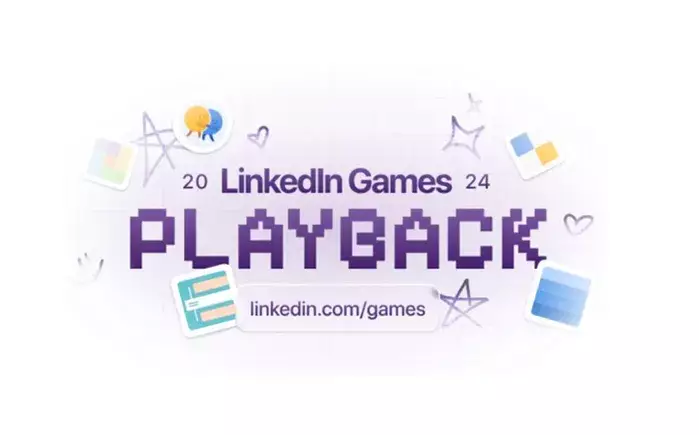LinkedIn, a platform traditionally known for professional networking and job searching, has taken a significant step to enhance user engagement with the introduction of in-stream puzzle games. The initial launch occurred in May, featuring three engaging games designed to encourage interaction among users, from entry-level employees to CEOs. In an effort to boost the gaming experience further, LinkedIn rolled out a new game in October and introduced a “Playback” feature that provides users with insights into their performance. This transition toward gamification represents a strategic shift for LinkedIn, aiming to blend leisure with professional networking.
The core idea behind introducing puzzle games is to create a more vibrant community on LinkedIn. Although the platform has traditionally served a more serious purpose, the integration of games presents an opportunity to captivate audiences in a novel way. LinkedIn now offers users gameplay analytics, detailing personal game-performance metrics, including favorite games and time committed. As an example, users might learn how many top executives they’ve outplayed, thus sparking healthy competition and interaction with colleagues and industry peers alike.
Nevertheless, the effectiveness of these features raises questions about their reception within a professional context. Are puzzle games truly a suitable fit for a network that prides itself on business interactions? While the answer may vary by individual, the introduction of games has clearly intrigued a segment of the user base. LinkedIn has reported impressive return rates, with 80% of players returning for consecutive sessions. Such statistics suggest that while the exact number of participants remains elusive, those who engage find value in the experience, highlighting a potential win for the platform.
It’s essential to recognize the duality in LinkedIn’s identity as both a professional resource and a social platform. By acknowledging this, LinkedIn’s gamification could foster a more personable dimension to professional relationships. Users momentarily escape the usual formality and can indulge in some lighthearted fun, while still bolstering their working relationships and competitive spirit.
However, it is crucial not to overstate the impact of this playful approach. Analytics show that the real gain lies in the increased time users spend within the app rather than a massive influx of new participants. As LinkedIn continues to emphasize user engagement metrics, even a relatively small player base can contribute positively to overall usage statistics.
As gaming evolves on LinkedIn, the company is expected to refine its features to cater to a broader audience without compromising its professional integrity. The challenge will be ensuring that fun and engagement coexist harmoniously with the platform’s core purpose. While the current model demonstrates promise, the future might see LinkedIn expanding its offerings or innovating further to enhance user experience.
LinkedIn’s foray into puzzle games seems to represent a calculated effort to enrich user engagement on a platform that thrives on professional connectivity. If users can redefine their LinkedIn interactions through competitive gameplay, this integration may indeed signify a new chapter for the social network.


Leave a Reply